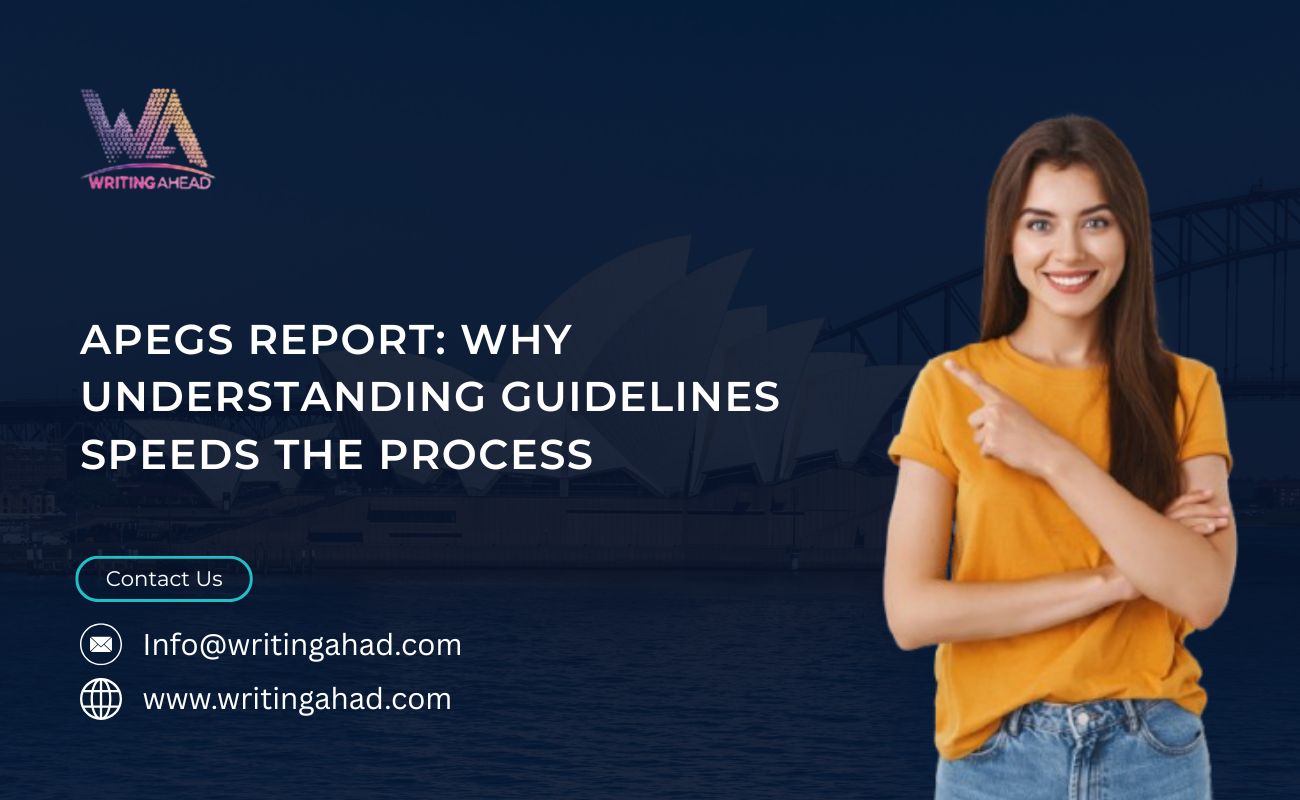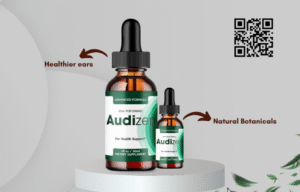APEGS REPORT: Why Understanding Guidelines Speeds the Process
The APEGS Report is an essential requirement for professionals seeking recognition through the Apegs competency assessment. Many applicants underestimate how...

The APEGS Report is an essential requirement for professionals seeking recognition through the Apegs competency assessment. Many applicants underestimate how significantly understanding the official guidelines can accelerate their progress. When the criteria are clearly understood, applicants can avoid common errors, provide precise examples, and meet the expectations of reviewers more effectively. In this comprehensive guide, we will explore why mastering these guidelines is so important, how it impacts the speed of the process, and what strategies can help you prepare your submission with confidence.
The Role of the APEGS Report in Professional Recognition
The APEGS Report is more than just a document—it is the formal representation of an applicant’s professional competencies, experiences, and achievements. The Apegs competency assessment uses the information in this report to determine whether a candidate meets the standards expected of a licensed professional.
When crafted properly, this report allows assessors to quickly and efficiently evaluate your qualifications. However, if the guidelines are misunderstood or overlooked, the process can be delayed, sometimes by weeks or even months.
Why Guidelines Matter from the Start
The assessment process relies on consistency and accuracy. Guidelines exist to ensure all applicants present their experiences in a comparable way. Understanding them early allows you to:
- Avoid incomplete submissions.
- Provide the right type of examples for each competency.
- Use clear and concise language that reviewers prefer.
These advantages translate into fewer requests for clarification, reducing back-and-forth communication and speeding up approval timelines.
Common Misunderstandings that Cause Delays
Even highly skilled professionals can run into issues when submitting their APEGS Report. In many cases, delays occur because:
Misinterpretation of Competency Requirements
Some applicants provide examples that demonstrate technical knowledge but fail to show leadership, ethics, or professional judgment—key aspects in the Apegs competency assessment.
Overly Technical Descriptions
While technical depth is necessary, the guidelines also require demonstrating impact, decision-making, and stakeholder communication. Failing to address these can result in requests for resubmission.
Missing Evidence or Documentation
Reviewers must verify claims with clear evidence. Skipping this step can stall the process significantly.
How Guideline Awareness Improves Report Quality
When you understand the structure and expectations outlined in the guidelines, every section of your report becomes more aligned with assessment criteria.
Structuring Examples for Maximum Clarity
The guidelines typically recommend presenting each competency example with a clear situation, actions taken, and the results achieved. By following this format, you help reviewers easily verify your claims.
Using Relevant Terminology
The Apegs competency assessment has specific terms that match its framework. Adopting this language demonstrates familiarity with the process and avoids ambiguity.
Anticipating Reviewer Expectations
Reviewers are trained to look for specific elements in each response. If you understand these expectations in advance, you can provide targeted answers that require minimal follow-up.
The Link Between Guidelines and Processing Speed
Time efficiency in the APEGS Report review process comes down to clarity, completeness, and compliance. Applicants who follow guidelines closely:
- Submit fewer revisions.
- Avoid misunderstandings that require additional explanations.
- Present evidence that is straightforward to verify.
Each of these factors helps reduce the number of review cycles, speeding up final approval.
Strategies for Mastering the Guidelines
Study the Official Documentation Thoroughly
The first step is reading the entire set of guidelines provided by the assessing body. This ensures you understand definitions, competency categories, and scoring criteria.
Review Sample Reports
Examining strong examples helps identify what works well and how guidelines are applied in practice.
Map Your Experience to Competencies Early
Before writing, link each of your experiences to the corresponding competencies in the assessment. This makes it easier to write clear, focused examples.
How Reviewers Apply the Guidelines
Reviewers rely heavily on the official framework to maintain fairness and consistency. This means your APEGS Report is not judged in isolation—it is compared against the same standard applied to every applicant.
They evaluate:
- How well examples match the competency definitions.
- Whether the actions described demonstrate sufficient responsibility and professional judgment.
- If the report clearly reflects the applicant’s ability to work to industry standards.
By aligning your submission with these expectations, you help reviewers make decisions more quickly.
Time-Saving Benefits of Clarity and Consistency
A well-prepared Apegs competency assessment submission saves time not just for the reviewers, but also for the applicant. Instead of spending weeks answering follow-up questions, you can move directly to the next step in the process.
Clarity in your report helps:
- Reduce ambiguity in interpretation.
- Make each example easier to follow.
- Highlight the relevance of your experiences without unnecessary details.
The Impact of Poorly Followed Guidelines
When the guidelines are not followed, the most common consequences include:
- Extended review timelines due to unclear responses.
- Multiple resubmissions for missing or irrelevant details.
- Increased frustration for both applicants and assessors.
In extreme cases, failure to align with the requirements can result in the rejection of your submission.
Building Confidence Through Guideline Mastery
Applicants who take the time to fully understand the APEGS Report guidelines tend to approach the process with more confidence. They are able to:
- Provide concise, targeted answers.
- Avoid overcomplicating explanations.
- Address every required point without omission.
This not only speeds up the process but also improves the likelihood of a favorable assessment outcome.
Using Feedback to Improve Future Submissions
If you do receive reviewer feedback, view it as an opportunity to further align your report with the Apegs competency assessment expectations.
By comparing the feedback to the official guidelines, you can identify which parts of your submission need improvement. This approach helps ensure that your next submission is both faster and more accurate.
Case Study: Fast-Tracked Approval Through Guideline Precision
Consider an applicant who carefully studied the guidelines before writing their APEGS Report. They:
- Mapped their experience to the exact competency framework.
- Used the recommended structure for each example.
- Verified that all evidence matched reviewer expectations.
The result was approval after the first review cycle—a process that typically takes months—completed in just a few weeks.
Conclusion
Mastering the guidelines for the APEGS Report and Apegs competency assessment is not just a matter of formality—it is the key to speeding up the entire process. When you understand exactly what is required, you can present your experience in a way that is clear, relevant, and easy for reviewers to assess. By investing time in learning and applying the guidelines, you minimize delays, improve your chances of first-round approval, and move forward in your professional journey with confidence.
FAQs
Why do guidelines matter in the APEGS Report process?
Guidelines ensure all applicants present their experiences in a consistent, comparable manner. By following them closely, you help reviewers evaluate your submission efficiently, which reduces delays and increases your chances of a faster approval.
How can I make my APEGS Report clearer for reviewers?
Use the recommended structure: describe the situation, explain the actions you took, and present the results. Ensure each example directly relates to the competency being assessed and uses language that aligns with the official framework.
What happens if I ignore certain guidelines?
Ignoring guidelines can lead to unclear responses, missing details, and additional requests for clarification. This often results in extended review times, multiple resubmissions, and in some cases, rejection of the submission.
How do I link my experiences to competencies effectively?
Start by reviewing the competency framework and identifying where your work experience fits. For each example, make sure it demonstrates the specific skills, judgment, and responsibility outlined in that competency’s definition.
Can guideline knowledge really speed up the process?
Yes. Applicants who understand and apply the guidelines tend to submit complete, clear, and targeted reports, allowing reviewers to assess their qualifications more quickly. This reduces the need for additional clarification and shortens the overall processing time.





